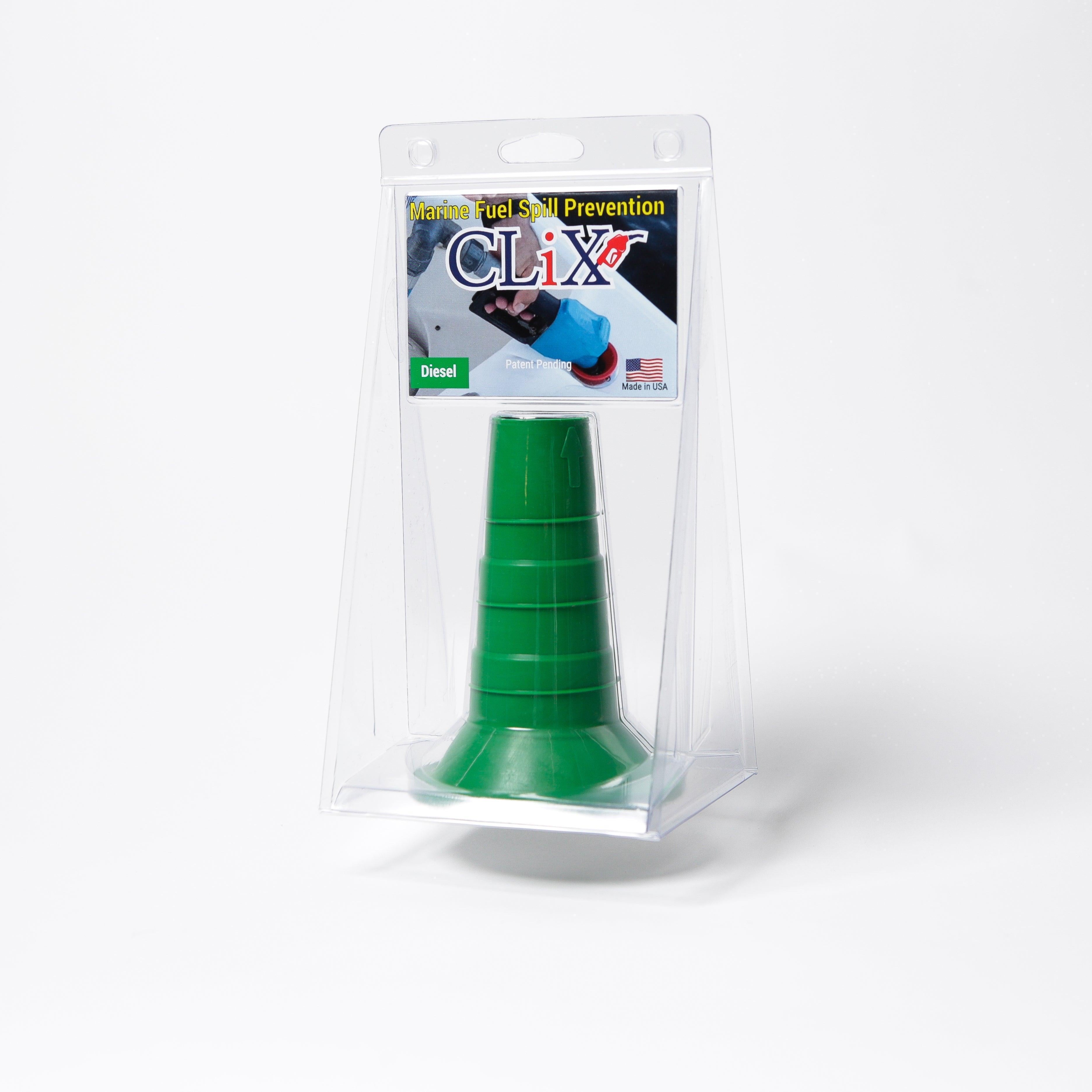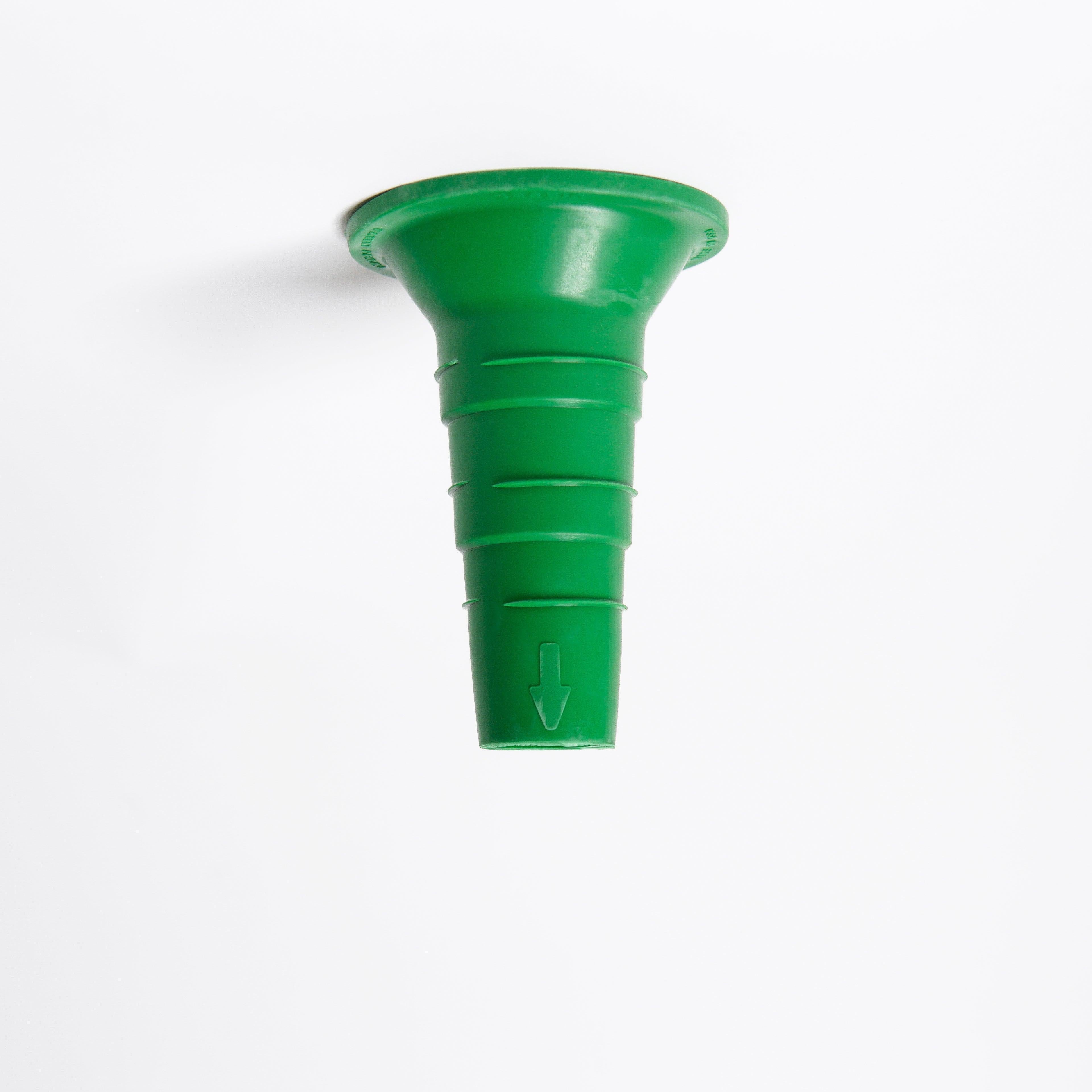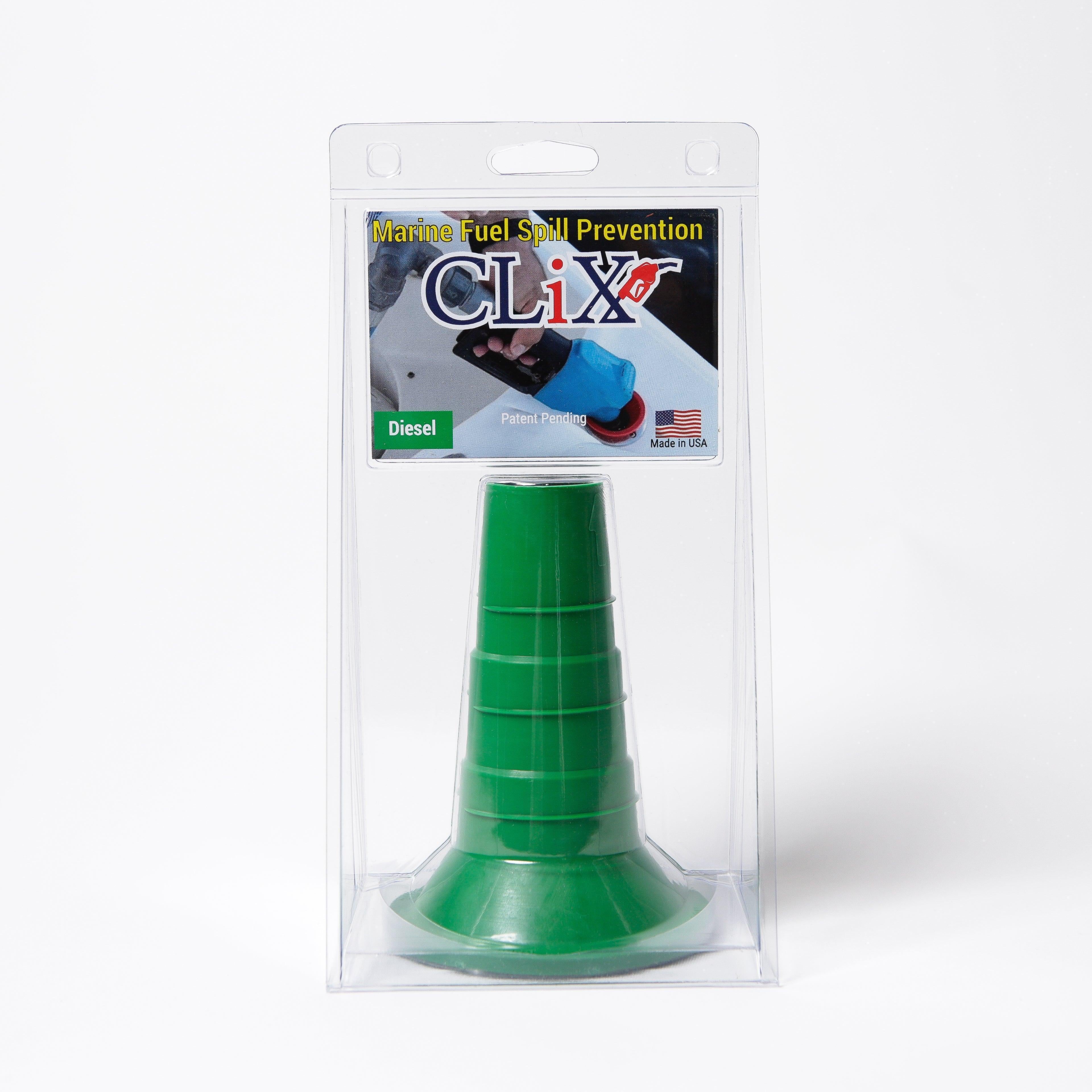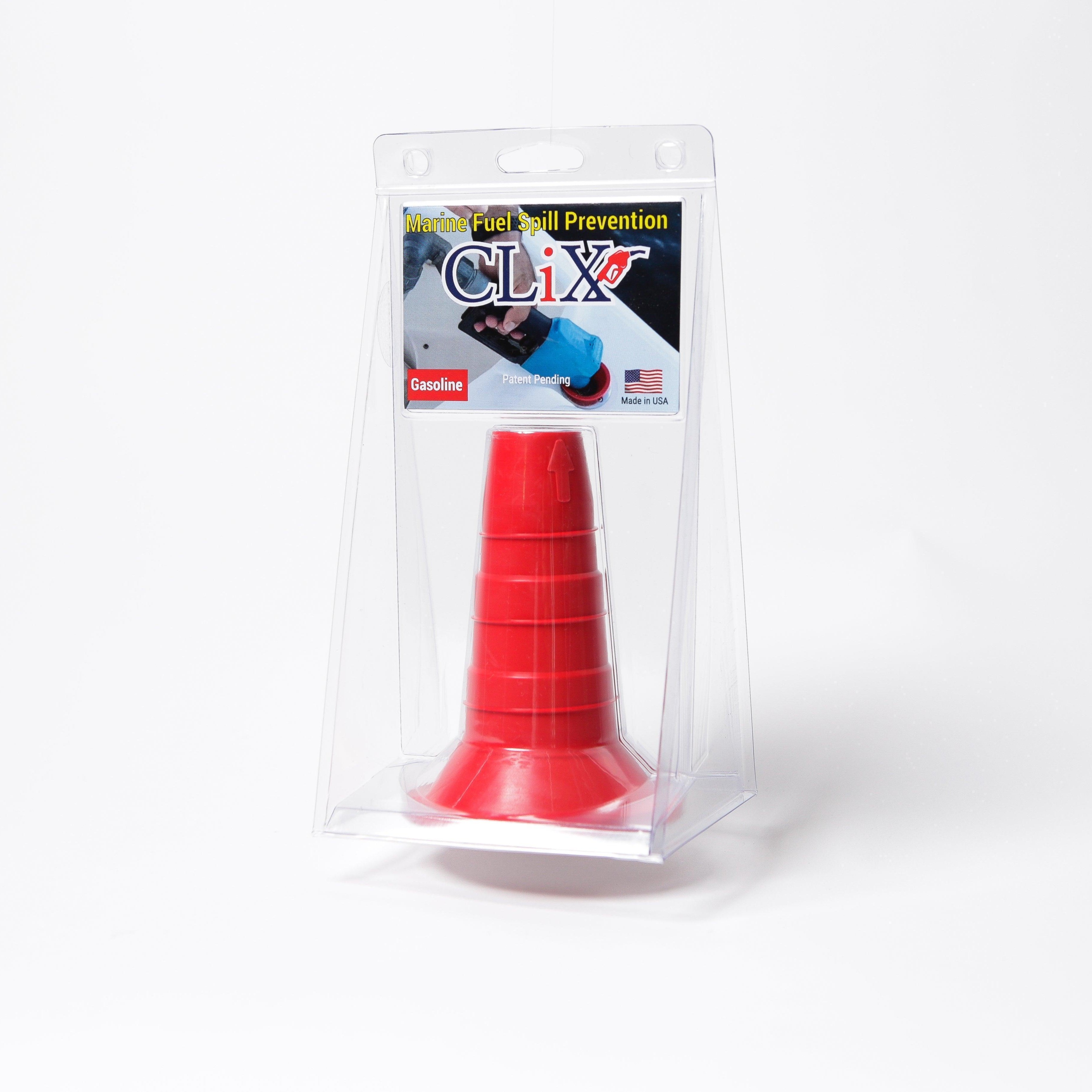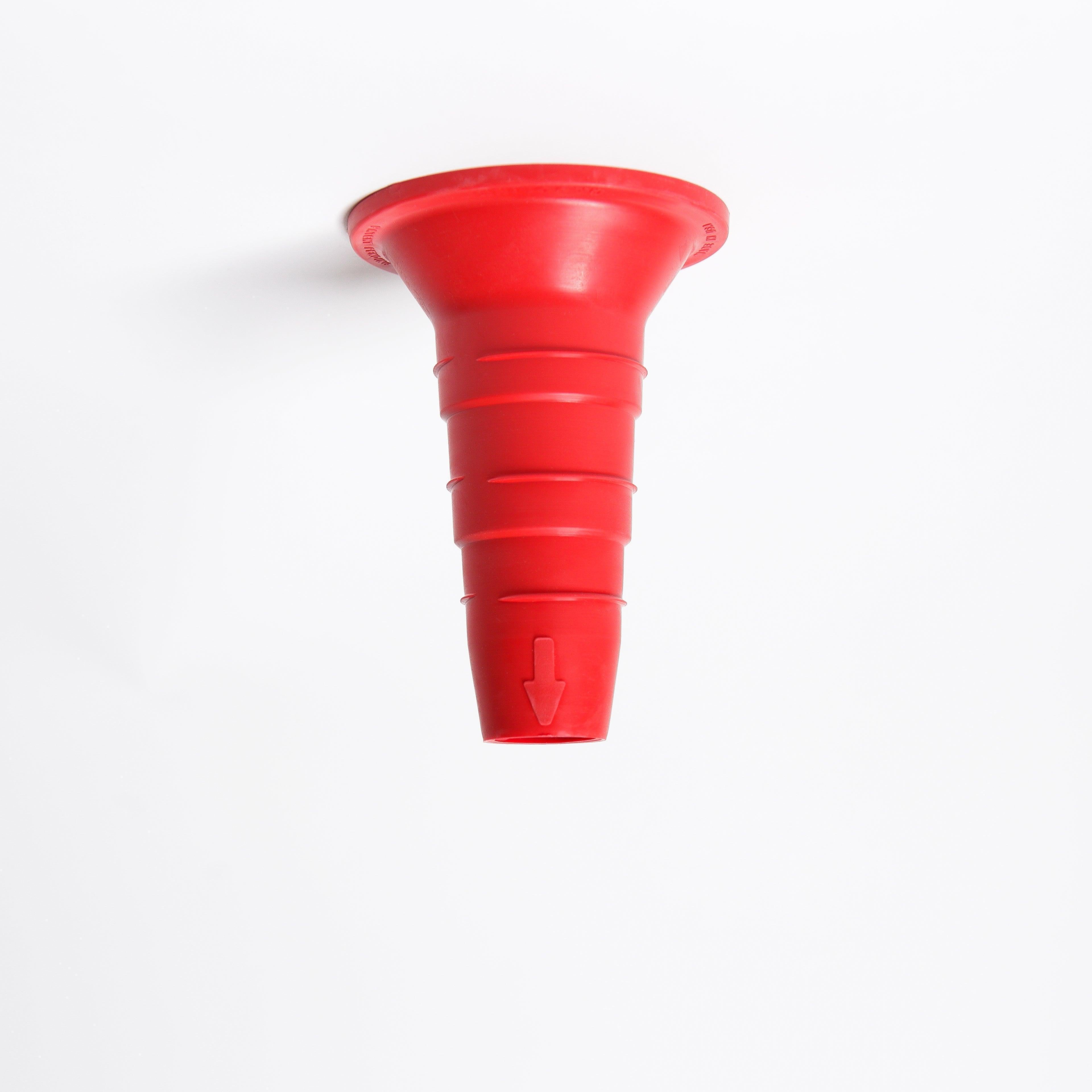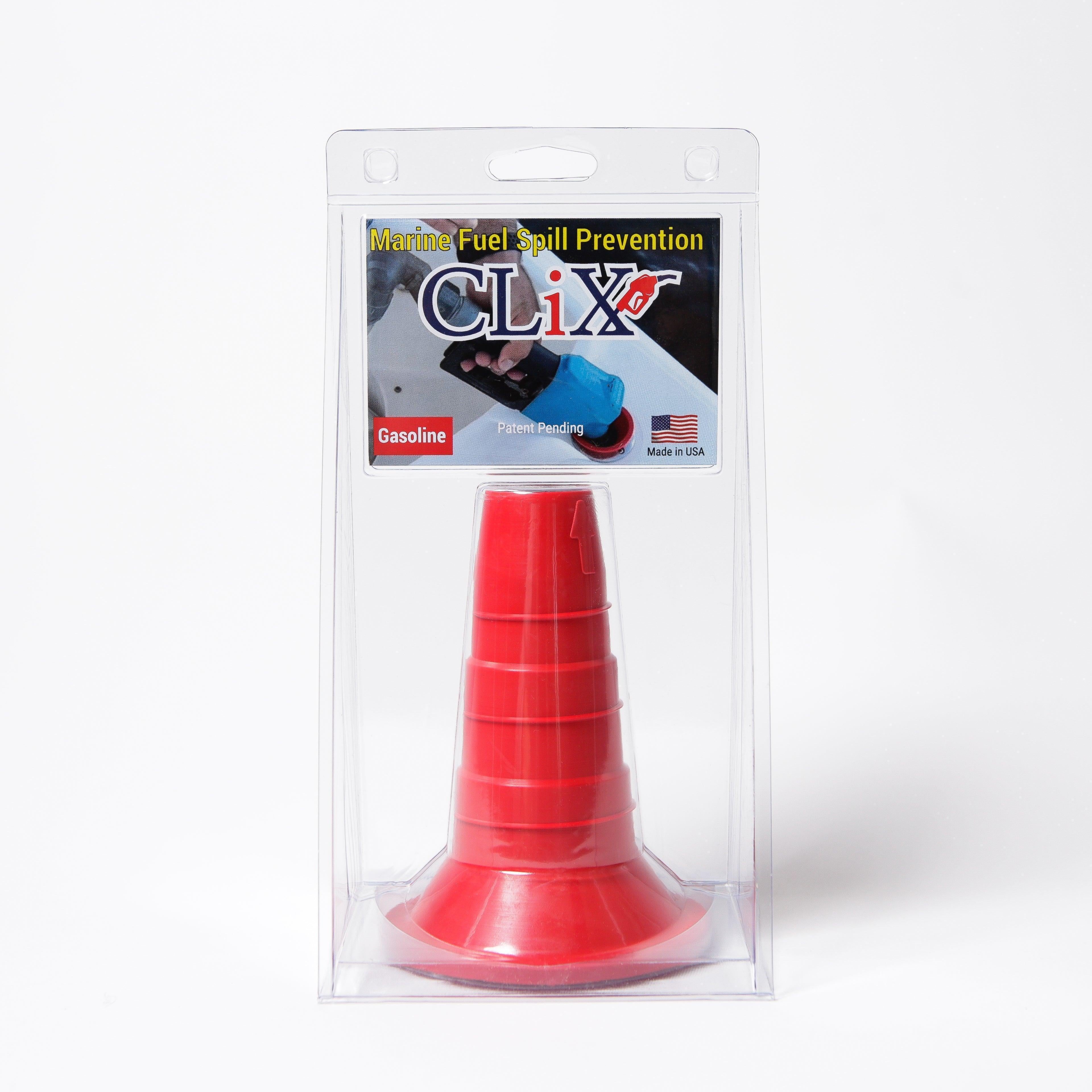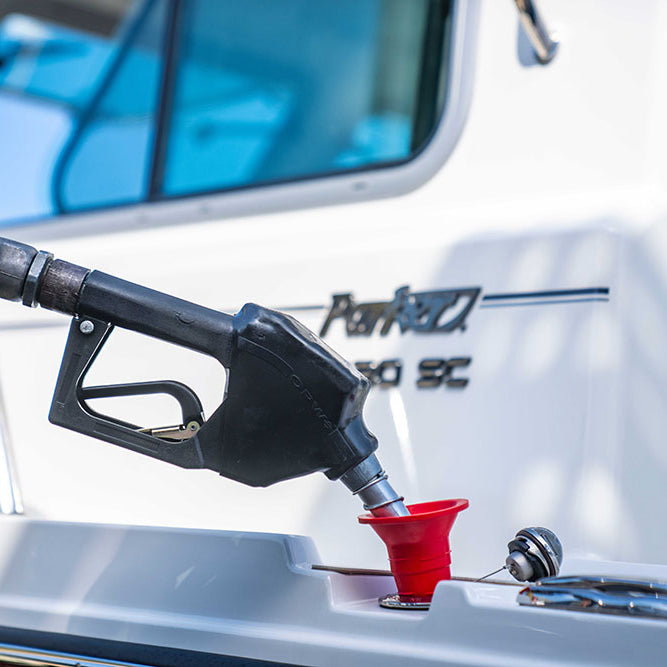
The following article is contributed by NauticEd—the national leader in boating education with over 30 comprehensive courses covering both sailing and powerboating. As the official licensing body for the International Boating License & Credentials (SLC), NauticEd has helped over 300,000 students build real confidence on the water through world-class theory and practical training.
Not everyone wakes up early to beat the crowd to the fuel dock. And more than once, you’ve probably felt your stomach in your throat thinking about the various directions and angles you might need to pull in—Where’s the wind coming from? How packed is it? Am I really about to parallel dock this thing?
It’s important to understand that docking—whether it’s a face dock, a fuel dock, or even a slip—is more of a science than an art. It’s a combination of factors that, when matched with your boat’s specific handling, can make docking smooth and stress-free.
Most problems happen when you use the wrong approach for the conditions, and that usually comes down to a lack of repetitions in real docking scenarios—and not having spent enough time on the theory of docking.
Below is a detailed video walking you through how to approach and dock in every wind direction for both Face Docks and Fuel Docks.
Leaving a Face Dock and Fuel Dock
Wind Direction: Pushing You Off The Dock

This wind direction maneuver is one of the easiest. The concept is fairly simple—once you release the lines, the wind will generally help drift the boat right off the dock. Just keep in mind that a boat’s bow is more susceptible to being pushed by the wind than the stern.
Start by untying the spring lines or dock lines that aren’t actively holding the boat—these will usually have no tension in them. Focus on the ones that are slack, as they’re not contributing to keeping the boat in place.
Usually, what you’ll be left with are the bow line and the stern line. If you untie the bow line first, the bow will start to drift off with the wind. Then, walk back and untie the stern line—by that point, you should be able to engage the gear and motor away smoothly.
Alternatively, if you untie the stern line first, it will begin to drift off slowly. Then, when you release the bow line, the wind will push the bow around, and the boat will eventually be blown off the dock sideways—making it easy to depart.
Wind Direction: From Behind
With this wind direction, the main challenge is avoiding the boat in front of you. If you rush to untie everything quickly, the wind will likely push you forward—right into that boat—before you even have a chance to get clear. Even worse, you may not be at the right angle to maneuver out safely.

For the maneuver above, you’ll want to place a fender at the bow and tie a spring line from the bow to a cleat farther aft—behind where the bow line was tied. Once that’s set, engage forward gear with no throttle. The tension on the spring line will cause the stern to swing away from the dock. Once the stern is clear and you're in a good position, you can shift to neutral, untie the spring line, and then reverse out smoothly.
Wind Direction: Pushed onto the Dock
You can use the same combination of spring line and fender described above to safely get off the dock in this wind direction.

Wind Direction: Pushing on Dock with Current

Water is much denser than air, so depending on the strength of the current, it may become the dominant force over the wind. In this scenario, tie a spring line from the stern to a cleat farther forward on the dock. Engage reverse gear—without throttle—and the combination of the spring line and the current will swing your bow away from the dock. Once your bow is clear, shift to neutral, release the line, and simply motor out in forward gear.
As you can see from the examples above, the real game changer in docking is understanding how to effectively use a spring line. Once you grasp the theory behind docking and start applying it through real-world practice, a whole new level of confidence opens up. After all, docking is one of the biggest challenges boaters face—but it doesn’t have to be.
For the full course please visit NauticEd

